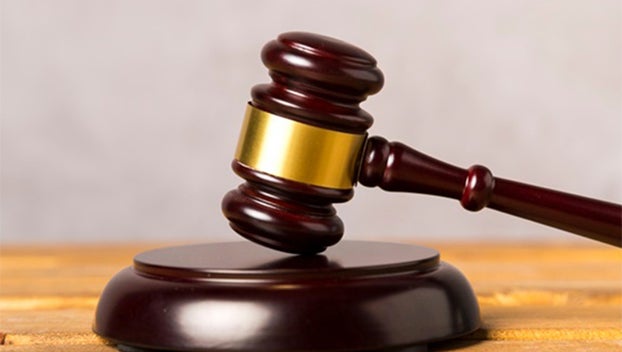City of Orange selects proposed tax rate
Published 12:45 am Wednesday, August 14, 2019
By Dawn Burleigh
The Orange Leader
As the numbers are calculated, the Orange County Tax Assessor-Collector Karen Fisher sends the results to each entity so it can determine the tax rate it will work with for the next fiscal year’s budget.
Orange Director of Finance Cheryl Zeto read the numbers to the council Tuesday morning.
“In the past, we have disagreed,” Zeto said. “This year, I agree with her.”
Once the council acknowledged the receipt of the 2019 Effective Rate, Rollback rate and the corresponding worksheets from the Orange County Tax Assessor-Collector, the council voted 7-0 on the proposed tax rate. Proposed tax rate is not the adopted tax rate. It is the rate the council must not exceed while working on the budget.
Each year, Orange City Council strives to bring in the tax rate lower as lower than the proposed tax rate.
Last year the proposed tax rate was .83004 per $100. The tax rate for 2018-2019 was .8051 per $100. This year the proposed rate is .80690 per $100.
The recently proposed budget, available online at http://www.orangetexas.net/?s=budget includes every project and request of the staff and council. It is a tool for determining the final, yet to be approved, budget.
The rollback tax rate calculation splits the tax rate into two separate components – a maintenance and operations (M&O) rate and a debt service rate. M&O includes such things as salaries, utilities and day-to-day operations. Debt service covers the interest and principal on bonds and other debt secured by property tax revenues. The rollback tax rate is the sum of M&O and debt service rates. In most cases, the rollback tax rate exceeds the effective tax rate, but occasionally decreases in a taxing unit’s debt service will cause the effective tax rate to be higher than the rollback tax rate, according to the Texas Comptroller website.
The effective tax rate enables the public to evaluate the relationship between taxes for the prior year and for the current year, based on a tax rate that would produce the same amount of taxes if applied to the same properties taxed in both years.
To do this, several adjustments must be made. Those adjustments are found in section 1 one of the Comptroller’s sample tax rate calculation worksheets. The formula assumes that if values increase, the tax rate should decrease to create the same amount of revenue as it did the year before, or if values decrease, the tax rate must increase to produce the same amount of revenue.
The calculation process starts after the chief appraiser delivers to the taxing unit the certified appraisal roll and the estimated values of properties under protest. The taxing unit’s tax assessor determines the following information:
- the total appraised and taxable value of property in the taxing unit;
- the total appraised and taxable value of new improvements; and
- the total taxable value of property annexed since the prior year.
The tax assessor submits all of this information to the taxing unit’s governing body or to the school board. The governing body or school board designates an officer or employee (often the tax assessor-collector, but not necessarily) to calculate the effective tax rate and the rollback tax rate.
Calculating the effective tax rate requires the prior year’s taxes and the current year’s taxable value for property taxed in both years. Dividing the taxes by the value (and multiplying by 100 to convert to a rate per $100 of value) produces the effective tax rate, according to the Texas Comptroller’s website.






